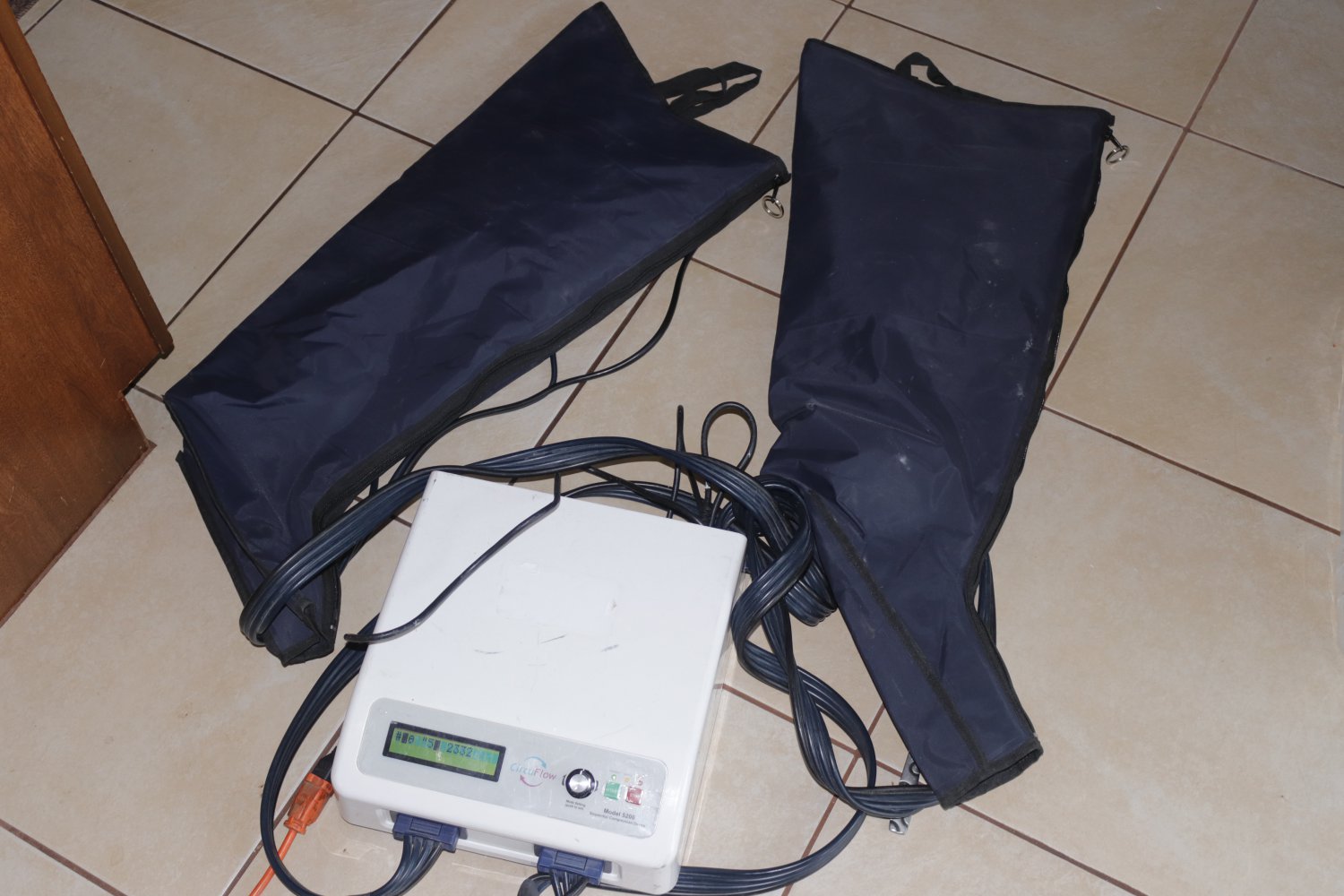
VTE occurred in 1.7% of patients in the heparin-only group.
Dangers of sequential compression devices plus#

The researchers found that heparin alone was as effective at preventing blood clots as the combination of medication and compression stockings: Symptoms of VTE triggered a leg or lung scan at any point during the trial. Patients were scanned for blood clots in the legs 14 to 21 days after their operation. The others did not wear compression stockings during their hospital stay and were also asked not to wear them for 90 days after surgery.

Half also wore graduated compression stockings during their hospital stay. They were randomly split into two groups. Participants all received the anti-clotting drug, low weight molecular heparin. Most patients were having gastrointestinal or obstetrics and gynaecology procedures. They were undergoing planned surgery at seven NHS hospitals between May 2016 and January 2019. The study recruited 1,858 adult patients at moderate or high risk of VTE. The GAPS study set out to determine whether the use of compression stockings is justified for preventing VTE in patients undergoing planned surgery and who receive anti-clotting medicine while in hospital.
Dangers of sequential compression devices skin#
They can cause discomfort, pressure sores, blistering and other skin problems. Many clinicians are unconvinced that compression stockings are needed in addition to medication.Ĭompression stockings cost the NHS in England approximately £63 million per year. In recent years, rates of VTE after surgery have fallen significantly thanks to improved care and drug therapy. Guidelines recommend their use in combination with anti-clotting medicines for patients with a moderate or high risk of VTE undergoing planned surgery. Graduated compression stockings after surgery help prevent blood pooling and clotting in lower leg veins. Together, DVT and PE are known as venous thromboembolism (VTE).

This causes pulmonary embolism (PE), which can result in sudden death. Blood clots can also break away and travel to the lungs. The condition can cause swelling, skin problems and ulcers. Surgery puts patients at risk of developing blood clots in the legs, known as deep vein thrombosis (DVT). This could save the NHS in England around £63 million per year. They suggest that compression stockings should no longer be standard care for most patients having planned surgery and taking anti-clotting medicine while in hospital. Researchers involved in the large randomised controlled study recommend that guidelines for preventing blood clots such as deep vein thrombosis (DVT) and pulmonary embolism (PE) should be changed. This is a plain English summary of an original research articleĬompression stockings might be unnecessary for patients at moderate or high risk of blood clots who are undergoing planned surgery.Ī study called GAPS suggests that anti-clotting medicine alone is just as effective as using it in combination with compression stockings.


 0 kommentar(er)
0 kommentar(er)
